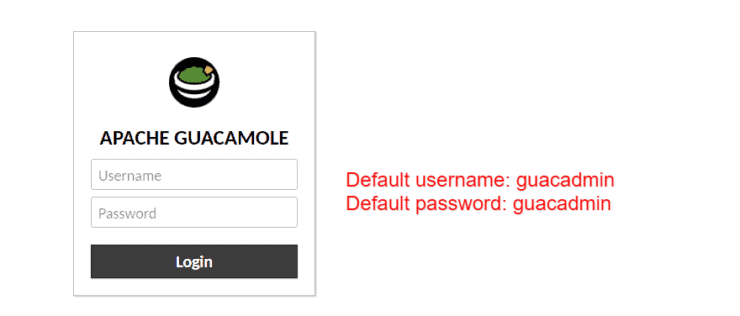
And for that reason I was amused to see the following on the Guacamole home page: "Keep your desktop in the cloud: Desktops accessed through Guacamole need not physically exist. At a high level, it looks like Guacamole is based on RealMint which uses the HTML5 canvas tag, whereas Ace manipulates regular text elements to effect styling. I'm curious how Guacamole's HTML5 rendering compares to solutions like the Ace editor when used to render terminals and text areas. It'd be great to have a simple and easy way to provide viable remote access built directly into servers - from any client device with no prior setup.
GUACAMOLE UNRAID SETUP SOFTWARE
However, client and server software for various protocols like RDP and VNC on various platforms is still a pain. When accompanied by a powerful laptop it's all most engineers need. Where I work, it's standard for developers to work using a "cloud desktop", i.e., a remote machine hosted in the cloud that's used for personal development with a very production-like environment.
GUACAMOLE UNRAID SETUP FULL
Especially old full screen games worked really well.īeautiful! I've been looking for something like this and hadn't heard of Guacamole. Also they make you much less likely to hit browser keys. So they actually worked better than things like Eclipse and Visual Studio. For constant development work, it's very irritating.Īnd full-screen games were doable because generally they would lower resolution and have other sources of lag. For server admin work, sure (even then it's irritating). But you'd be surprised how incredibly irritating it is to work with just 20msec extra latency. It isn't much, and it sort of stays below 200 msec or so. Lastly, javascript adds (a lot) of latency. This meant that effectively there were resolution limits that weren't too high. But the speed and the fact that I couldn't do significant protocol development (VNC has something like 7 variations on protocol, integrating those into websocket is more than just encapsulating them if you want it to work well), means that I couldn't use the most efficient protocols. There is a significant cost to running in the browser (keyboard for instance, pressing CTRL-W will definitely generate a "wtf" moment a few times). That said, this doesn't work as well as people here want it to. Had a list of your VMs on the left, click on one, and a javascript starts up and gets a VNC javascript (started out with flash, swapped it out for a javascript one) It provided something similar to phpvirtualbox + a screen where you'd (if properly authenticaed) just get access to your virtual machines just by going to a particular tab.
GUACAMOLE UNRAID SETUP HOW TO
For VNC and SSH it's pretty easy to do in Javascript and can be quite reliable (much more so than telling customers how to connect using their own software - big difference in support).

I was making a cloud product a number of years back and wrote a similar product for my then employer.


 0 kommentar(er)
0 kommentar(er)
